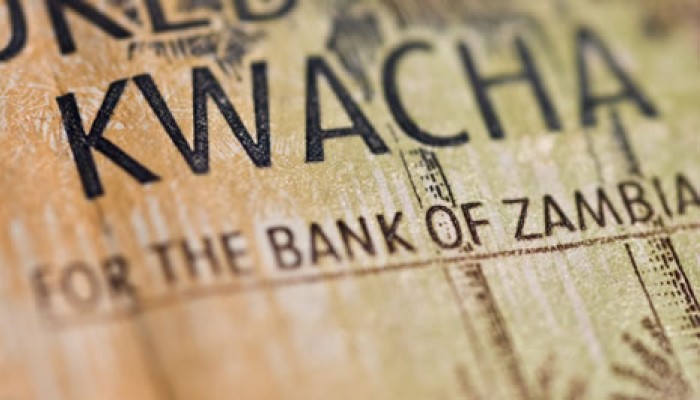Barely three weeks after an announcement to raise the statutory reserve ratio 300 basis points to 14.5% for both local and foreign currency, the central bank in Africa’s red metal hotspot Zambia on 21 November pulled the cash level 250 bps upwards to 17%. This will be ffective 27 November as communicated to commercial banks. The further increase in the statutory reserve ratio is necessitated by persistence of foreign exchange market pressures which are contributing to higher inflation, the memo carried.
The Southern African nation has seen its currency shave 21.9% year to date to trade at record levels. This has been attributed to elevated demand for agriculture inputs and petroluem inputs while the supply side continues to bear the brunt of weaker flows given that mining production has ebbed this year. This adjustment will total the hikes on cash reserves to 800 bps, with yesterdays increase being the third scale up this year. The adjustment comes a day before the last monetary policy committee session of the year at which analysts such as the Market Brain Business Intelligence see higher odds of a rate hike as high as 100 bps to 11.0%.
Zambia’s October inflation headlined 12.6% and is forecast to remain elevated outside the 6-8% target band with realignment expected by 1H25. Market analysts have cited the earlier 300 bps hike as having mininal effect on the currency market as an influx of maturities negated the intended effects by the central bank. Other schools of thought remain of the view the currency market has historically signalled the need to ramp private sector activity that will gear the economy for exports that should in turn improve foreign exchange flows.
Other areas that have not succesfully offered support to the copper currency the Kwacha are dollarisation of mining taxes and royalties which are now paid directly to the treasury. However this continues to starve the currency market of conversions that should cushion pressure to some degree.
Zambia is in the labyrinth of a debt restructure quagmire with bilateral creditors displeased with the recent in principle agreement that the red metal producer reached with dollr bond holders. The risk of protracted negotiations is widening and this could impact sentiment that potentially breed asset sell off pressure at such a fragile time as this.
In the interm, bond yields have commenced an easing trajectory with the 5 year showing a 250 bps decrease to 22.5%. However interest rate outlook remains a concern given the current monetary tightening posture by the Bank of Zambia.
The Kwacha Arbitrageur

